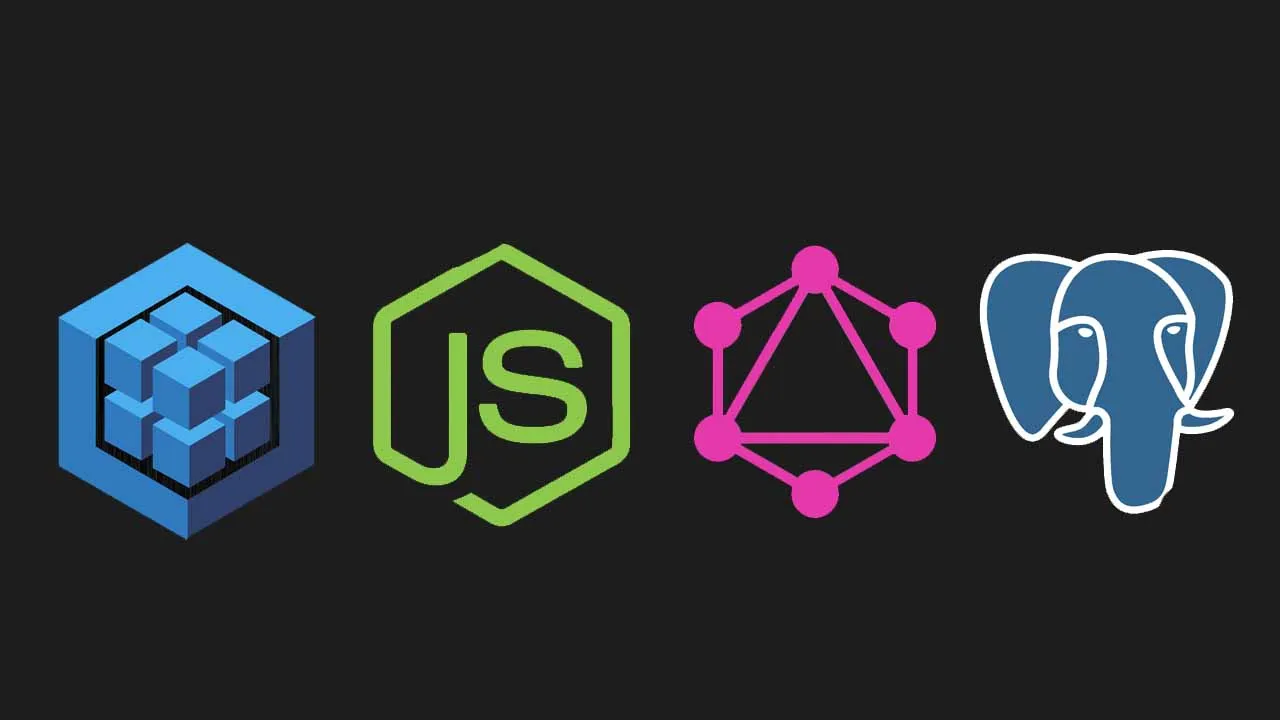In this article you will look at a NodeJS app coming with an integration of GraphQL and Sequelize connected to PostgreSQL to bridge normalized, relational data (in 1-n, m-n cardinalities) to document-based representations of the data. I’m going to provide example GraphQL READ-only queries and show how they get translated into effective SQL statements through the Object Relational Mapper Sequelize.
For a quick start, this article provides a working example on this GH repo.
Project setup
- clone the graphql-sequelize-pg project :
- git clone **https://github.com/thomasreinecke/graphql-sequelize-pg.git- the project will be cloned into yourROJECT_HOME** directory
- on PROJECT_HOME run
yarnto install the node dependencies - install a PostgreSQL database server, make sure its running and accessible (this tutorial won’t cover this topic, however you’ll find plenty of resources on the net)
- on PROJECT_HOME edit the .envfile and apply your database settings
NODE_ENV=development
PORT=9000
DB_HOST=127.0.0.1
DB_PORT=5432
DB_DATABASE=its-my-database
DB_USERNAME=its-me
DB_PASSWORD=its-my-password
DB_SCHEMA=its-my-schema
DB_DIALECT=postgres
#nodejs #sequelize #graphql

5.65 GEEK